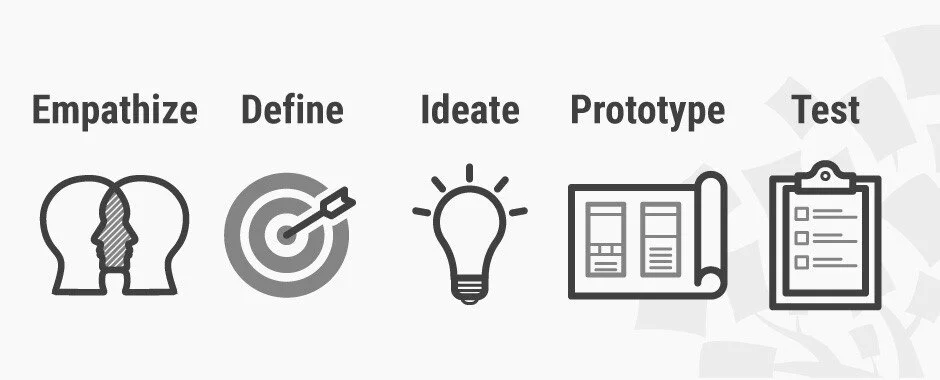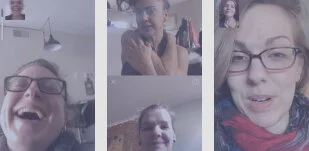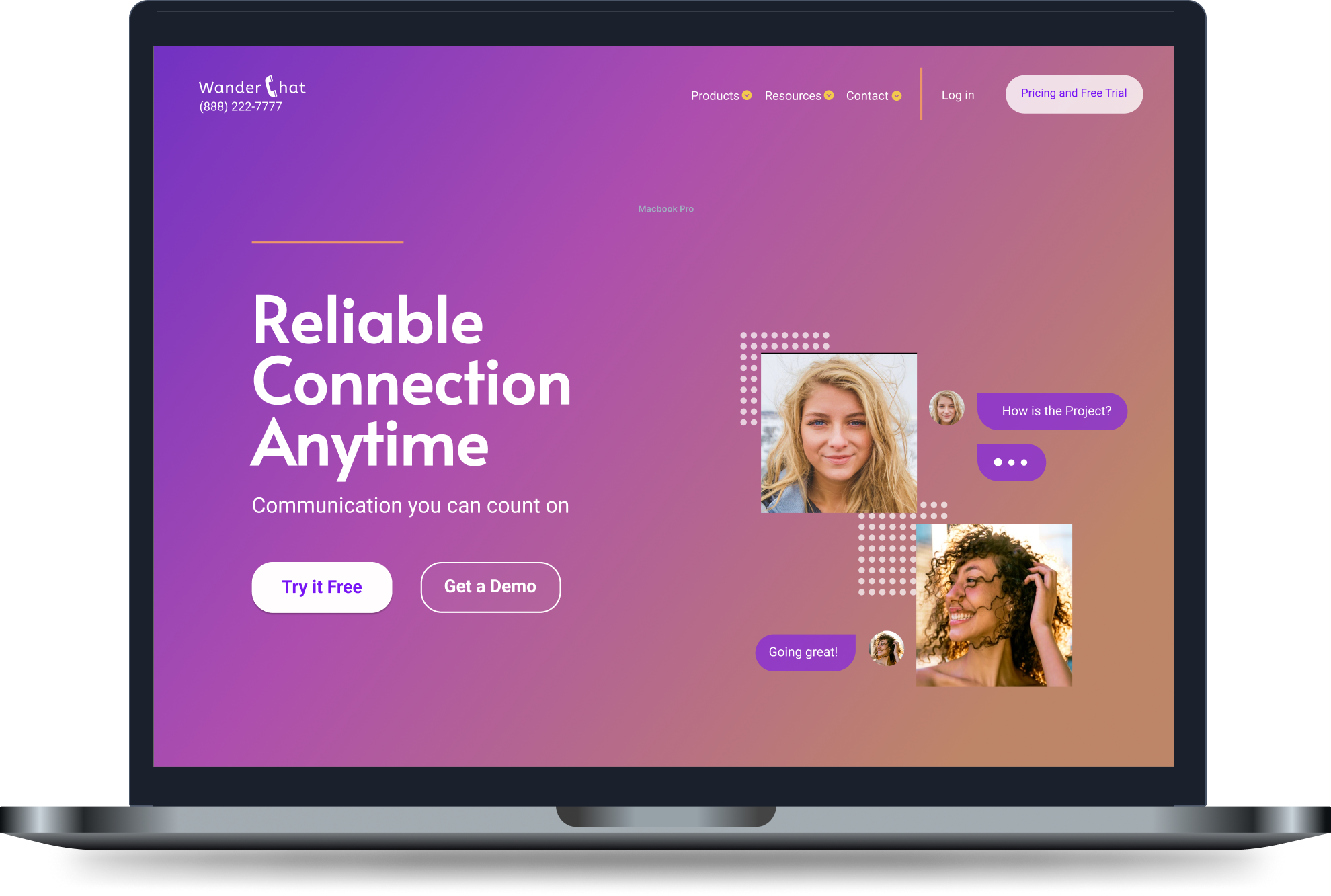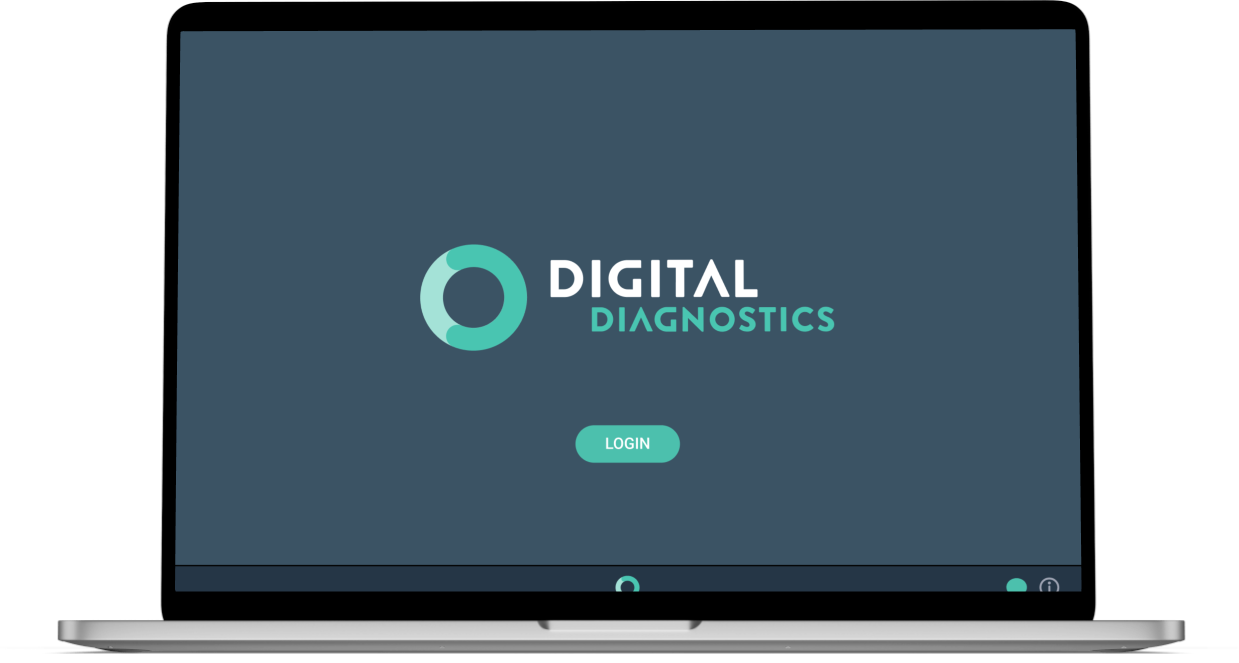MUSIC SHARING FEATURE
PROJECT SUMMARY
Many people are looking for ways to connect with people more intimately during the Covid 19 pandemic. With so many people sharing videos and having watch parties, it was our goal to develop other ways that people could feel connected and allow artists in the struggling music industry to have a way to reach their fans more effectively.
TIMELINE
2 weeks end to end, Remote. Weekly meetings and twice-weekly design sessions.
RESPONSIBILITIES
Research, Wireframing, Interaction Design, Visual Design, Copywriting, Branding, prototyping, conducting User Testing.
USERS & AUDIENCE
Individuals and music industry professionals use Instagram to connect with people.
THE PROCESS
EMPATHIZE
We conducted two rounds of user testing to uncover how people share music and how their habits have changed over the past year.
The main takeaways from the two rounds of user interviews were that every person interviewed shares music because they want to share themselves through music. Users send music to people when they want those people to feel a specific way. We also noted that every user we interviewed also used the app Shazam to learn the song's title that they heard outside of their home.
People loved sharing about music. Our user interviews were very entertaining. There were many great insights. Our discoveries lead us to conclude that integrating Shazam in other media players would solve a real pain point for users. The preliminary thought was to create a feature in the Shazam app to allow integration to Spotify.
Upon further research, we learned that a Spotify integration was recently created. However, the experience of finding the integration was not evident to most people without digging deeper into the app, according to the users we surveyed.
We went back to our problem statement to get a clearer picture of the pain points that users were experiencing in this space. We reevaluated our research and noted and through the interview transcription, and moved into the define phase.
DEFINE
We started the define phase by creating as many how might we statements in a time frame of thirty minutes. We wanted to fill a need, and at this point, there was only speculation as to what would accomplish that. This practice helps us by discovering more pain points without solving the problem. Having learned that Shazam already had integration to many popular music streaming services, we were working with less than we thought going into these practices. Still, the overall pain point of users not knowing what music players their friends and followers were using gave us ground to stand on through the process. "How might we minimize the feeling of separation for users through music sharing" is what we landed on that resonated the most with our data from the empathize phase.
IDEATE
The main aim of the Ideation stage is to use out-of-the-box thinking and creativity to develop solutions. To find better, more elegant, and satisfying solutions to problems that affect a user's experience.
We did five rounds of crazy eights, which is a rapid design iteration technique wherein you draw as many solutions to the how might we statement as possible in five min. We started to narrow down our focus and realized through this practice the many ways that people could minimize the feeling of distance between them through music. We considered live watch parties, creating a universal player that people could download, and even socially distanced dance parties where people had headphones on that beeped if they got too close to others.
After the crazy eights, we completed several storyboarding exercises. This helped us to realize that the main pain point was different users having different music streaming players. We chose to add a music streaming feature that would connect Instagram and external music streaming players so that people could share music from any platform. The listener would only have to have Instagram downloaded to enjoy the music. The intention was to solve the pain point that all users interviewed mentions regarding not sharing music because they were unsure what streaming service their friends utilized.
We created provisional personas to represent our users to continue the process while designing with the user in mind.
PROTOTYPE & TEST
We created wireframes based on the current UI of Instagram. Instead of adding the playlist connection at the top, we chose to add it to the bottom in the discovery area. We chose to “advertise” the new feature in the menu bar to allow users to learn that the feature exists.
In the post screen, we added an image selection to allow users to display a photo with their playlist and created a search feature that would allow users to search for their playlists in external music streaming services. In this prototype, we used Soundcloud. We also added a place for people to add a comment to give more context to the picture and playlist to more deeply express their intentions.
In the future, be consistent with Instagram posting location. The menu bar would be exploratory similar to Reels, once it was out of beta. The Users mentioned that they would want to search for a playlist once they connected their preferred player with Instagram and that they would definitely love this type of integration. It was consistent across all people tested that customizing the playlist post with an image would be ideal since it is such a visual platform.
OUTCOMES AND LESSONS LEARNED
It was fascinating to hear the users interviewed about sharing music and their frustrations with sharing music across platforms. People from all walks of life love to share the music because it helps them feel closer to others and is a way to share their current mood or show someone that they are thinking about them. The biggest hurdle with this project was learning the Instagram platform and deciding how to integrate Soundcloud and other music streaming services to what already exists. We chose to have the integration on the bottom bar since it would be more visible for testing. With more time, the integration would change to be accessible through the plus post button on the top of the screen allowing the bottom music button to be more of a playlist browsing feature, similar to the Reels. We would also want to decide on the UI of the player and what would happen when a user wanted to browse the rest of their Instagram feed while still listening to the music. We would also make alternative prototypes for AB testing to ascertain the best location for the integration on the Instagram home screen.
















